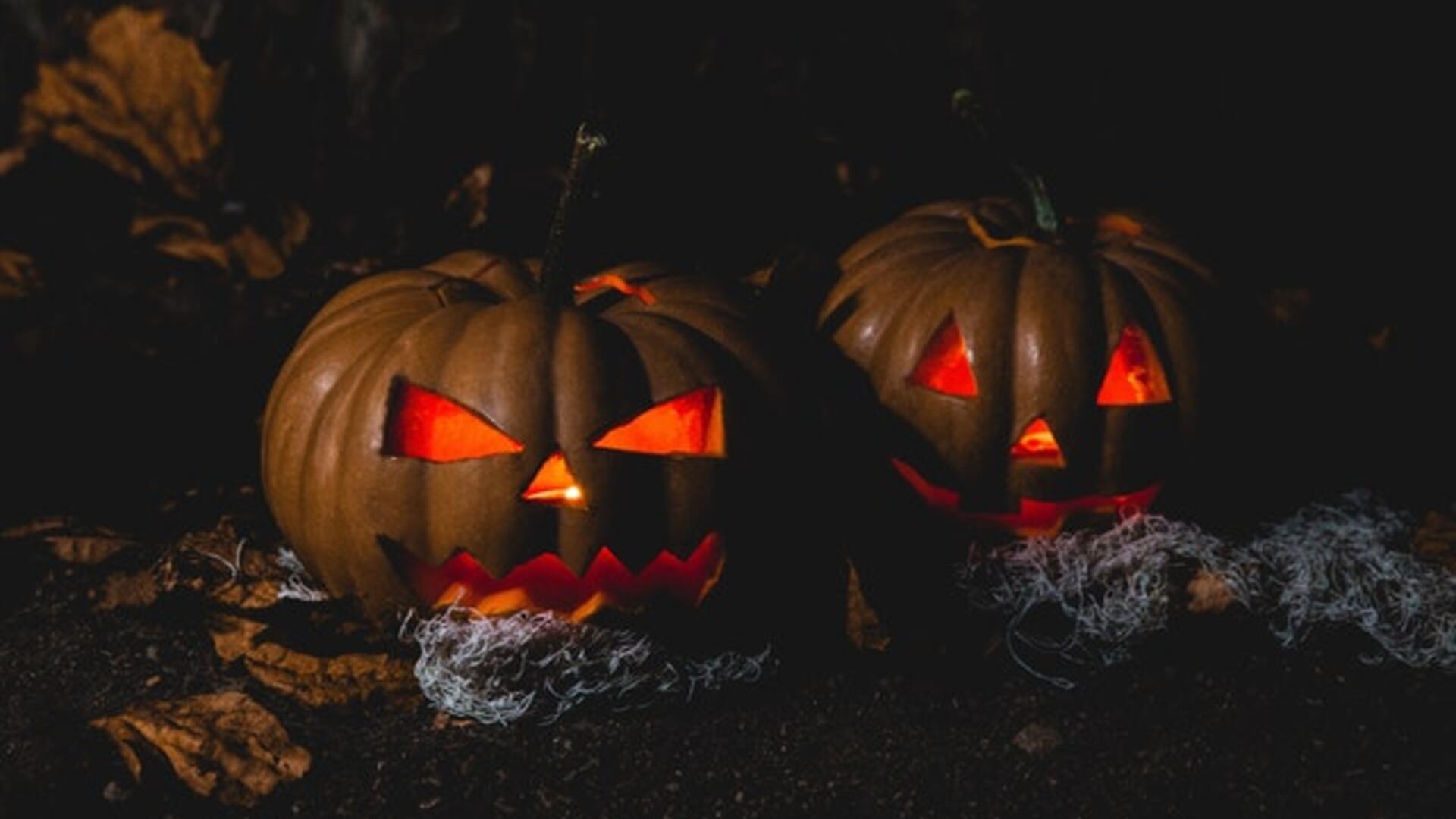
The Editing Company
Toronto, Ontario
RECENT POSTS
TEC Blog
Categories
Show All- Editing
- Grammar
- Usage
- Style
- Editor/writer
- Publishing
- Business
- Writing
- Writers support group
- Event
- Proofreading
- Copyright and permissions
- Usage
- Book reviews
- Editing new media
- Technology
- Books & libraries
- Ttc stories
- Editing & marketing
- Office happenings
- Social media & community
- Language & editing
- Social media
- Editing & marketing
- Indexing
- Book design
- Tec clients
- Guest blogger
- Creative women doing sixty
- Book clubs
- Books and reading
- Ebook technology & services
- Editing numbers
- Editing & technologies
- Opera, movies

Samhain 2020: Unmasking the Origins of Halloween
by Michael Bedford
Published at 2020-10-27
October 2020 is drawing to a close, and pandemic-fatigued children and adults are turning to the warm embrace of holiday nostalgia to help ease their minds. With December still more than a month away, though, it’s anyone’s guess what kind of public health guidelines will be in place when Christmas and Hannukah arrive, so many are scaling back their festive celebrations in favour of online get-togethers.
Remembrance Day gatherings will likely be similarly downsized but Halloween is trickier—or is it treatier? Although some Canadian municipalities, such as Toronto and Ottawa, are facing restrictions against Halloween’s main event, trick-or-treating, many are still planning on going forward with the sugar-fueled custom while trying their best to observe all of the pertinent public health guidelines.
Of course, Halloween is about more than amassing a giant bag of candy. It’s the scariest time of year, and it’s hard to resist the urge to give and receive a good fright. So, for children of all ages looking to participate in Halloween, let’s take a look at some customs and terms that tend to come to mind when the wind starts howling and the witches start to fly.
Samhain -> All Hallows’ Eve -> Halloween
Halloween takes its name from a contraction of the Roman Catholic holiday All Hallows’ Eve. All Hallows’ Eve, followed by All Hallows’ Day and All Souls’ Day, marked the beginning of the 3-day festival of Allhallowtide. As observed by Roman Catholics, though, All Hallows’ Eve has little in common with contemporary secular Halloween traditions.
Similar to the Roman Catholic Church’s appropriation of the Druid holiday Alban Arthan, supplanted by Christmas, Allhallowtide is probably rooted in the Druid festival of Samhain. Samhain dates back to the Neolithic period (4000–2500 BC), at least. It involved practical matters, such as accounting for livestock, but it was also a time for lighting bonfires, eating feasts, and drinking lots of alcohol—sounds like a party my noisy neighbour just had. Regarding noisy neighbours, one of Samhain’s main events involved dressing as a demon, visiting nearby dwellings, and requesting food in exchange for songs. One wonders what kinds of foods the Druids handed out for this ancient form of trick-or-treating/caroling; after all, candy bars would have been pretty hard to come by in 3000 BC.
The Jack-O…Turnip?
Carving Jack-O-Lanterns out of pumpkins is a quintessential part of the North American celebration of Halloween. The tradition of carving faces into vegetables may date back to Irish celebrations of All Hallows’ Eve in the 19th century. The 19th-century Irish All Hallows’ Eve enthusiast, however, apparently preferred root vegetables, such as field beets and turnips, rather than pumpkins. I’m sure that carving beets is as rewarding as carving a pumpkin but, as far as by-products go, I’ll take pumpkin pie over mashed turnip every time.
Samhain 2020
Where I live, corn mazes, haunted hayrides, and Halloween markets dot the landscape. Of course in 2020, attending these traditional seasonal hotspots is complicated by the pandemic. Instead, my wife and I will carry on our annual tradition of watching Halloween movies while eating Halloween candy. Since it’s unlikely that we’ll receive many trick-or-treaters this year, caroling or not, I’m sure that eating Halloween candy will take up an even larger part of this year’s celebration than it did last year.
Zoom-oween
One new Halloween event I’ll be partaking in will be the online Halloween get-together. I hope these will be quite popular this year. The notions of maintaining one’s personal cleanliness and following governmental guidelines probably doesn’t feel very Halloween-y to many but Halloween is a time for reverence as much as it’s a time for partying.
The practice of dressing up as demons for Samhain was, by most accounts, intended to placate those demons, not mock them. In the same vein, it’s important to revere and respect the scary things we don’t understand today.
For many adults, Halloween usually acts as a kind of pressure release, a chance to blow off some steam. And this year, probably more than most years, there are likely many people looking to blow off some steam but, just like the Druids, by revering what we don’t understand we can work to overcome it. Then, after all of our hard work we’ll be able to enjoy the harvest we’ve prepared for ourselves. Happy Samhain, everyone!
Michael Bedford is a freelance editor, copywriter, and performer living in Stoney Creek, Ontario. He can be reached at https://mgb-editor.com/.




